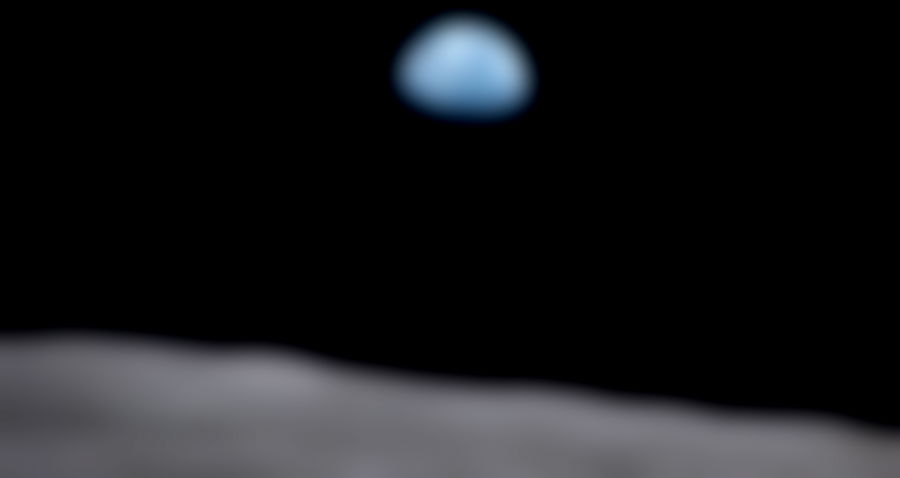Why India is Going to the Moon Again



By Bryan Ke
India is now
“It is logically an extension of the Chandrayaan-1 mission,” Mylswamy Annadurai, director of the project at Indian Space Research Organisation (ISRO), said, according to Nature.
The spacecraft for the mission will reportedly have an orbiter, a lander that will touch down somewhere near the moon’s south pole, and a rover that will travel around the lunar surface.

For the first time, the ISRO will attempt to give the craft a soft, controlled touch down on the lunar surface with the aid of its newly developed advanced system that will guide Chandrayaan-2 to a perfect landing.
The 2008 mission, which was expected to run for two years, failed 10 months after it launched when ISRO lost contact with the orbiter, Axios reported. However, the mission wasn’t a complete failure. Gathered data from Chandrayaan-1 mission helped confirm the presence of traces of water on the moon.

Chandrayaan-2 is also set to study floating lunar dust using the first device of its kind, which the agency called Radio Anatomy of Moon Bound Hypersensitive ionosphere and Atmosphere (RAMBHA). With the device, scientists will be able to analyze and determine the density of near-surface plasma and eventually observe how it changes over time.
Lunar dust — also known as moon dust — is a tiny, powder-like substance found floating around the surface of the moon and cuts like glass, posing a serious threat to all astronauts’ equipment including their suit and machinery.
The Chandrayaan-2 will also collect thermal measurements data from the lunar surface’s polar region as part of the organization’s target to study the moon’s present environment and how it has evolved.
The mission “is expected to further consolidate the findings from the first mission and add new ones with in situ analysis of the lunar surface and ionosphere,” said Annadurai, who is also director of ISRO’s Satellite Centre in Bangalore.
One of the craft’s final tests is believed to begin in three to four weeks. The precise launch date has not yet been determined.
Featured Image via Wikimedia Commons / NASA
Share this Article
Share this Article